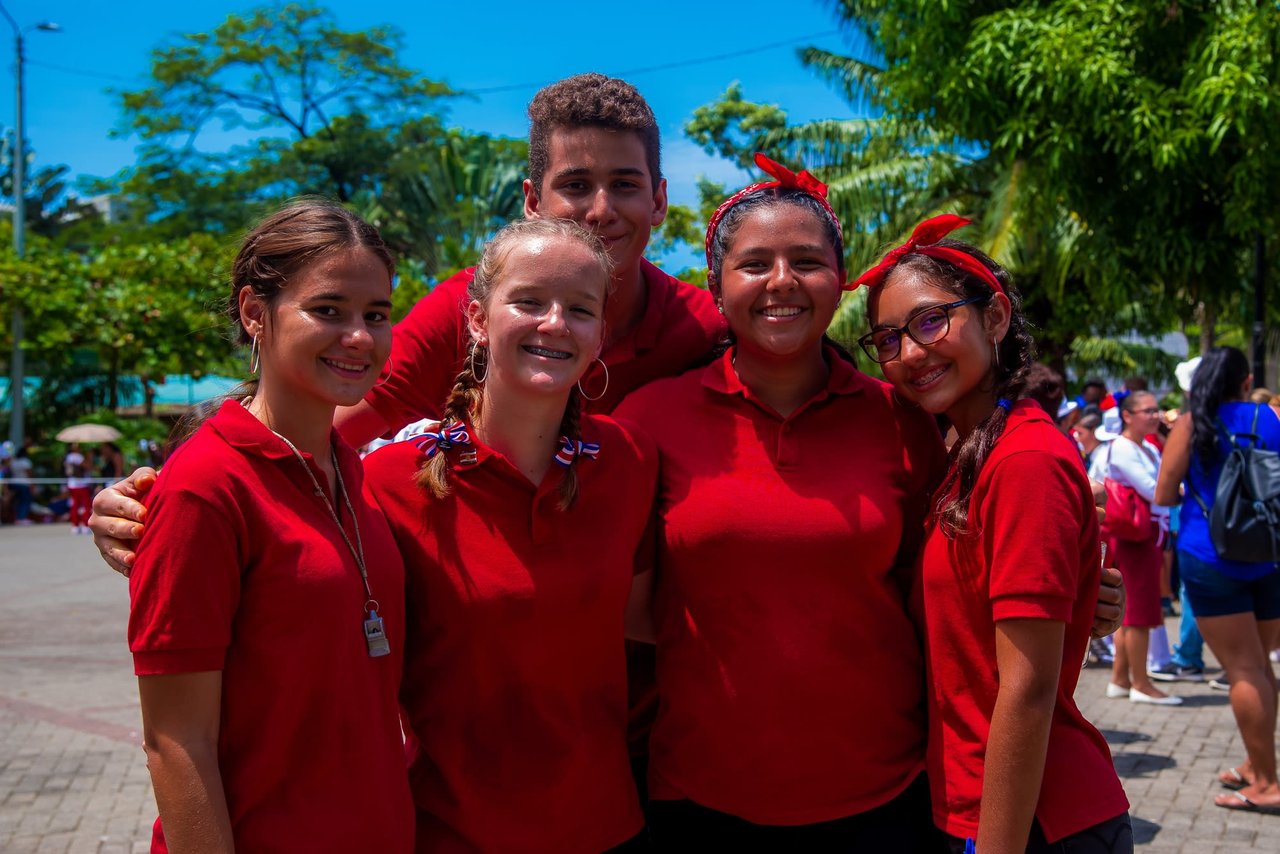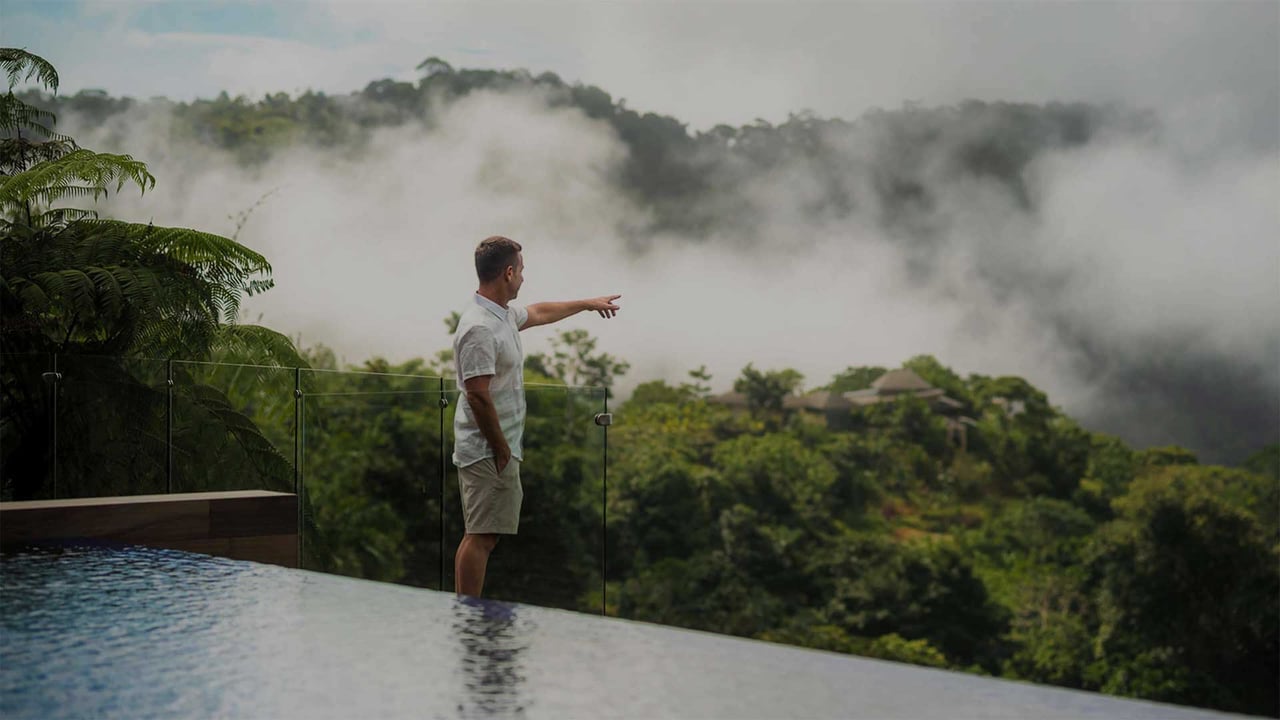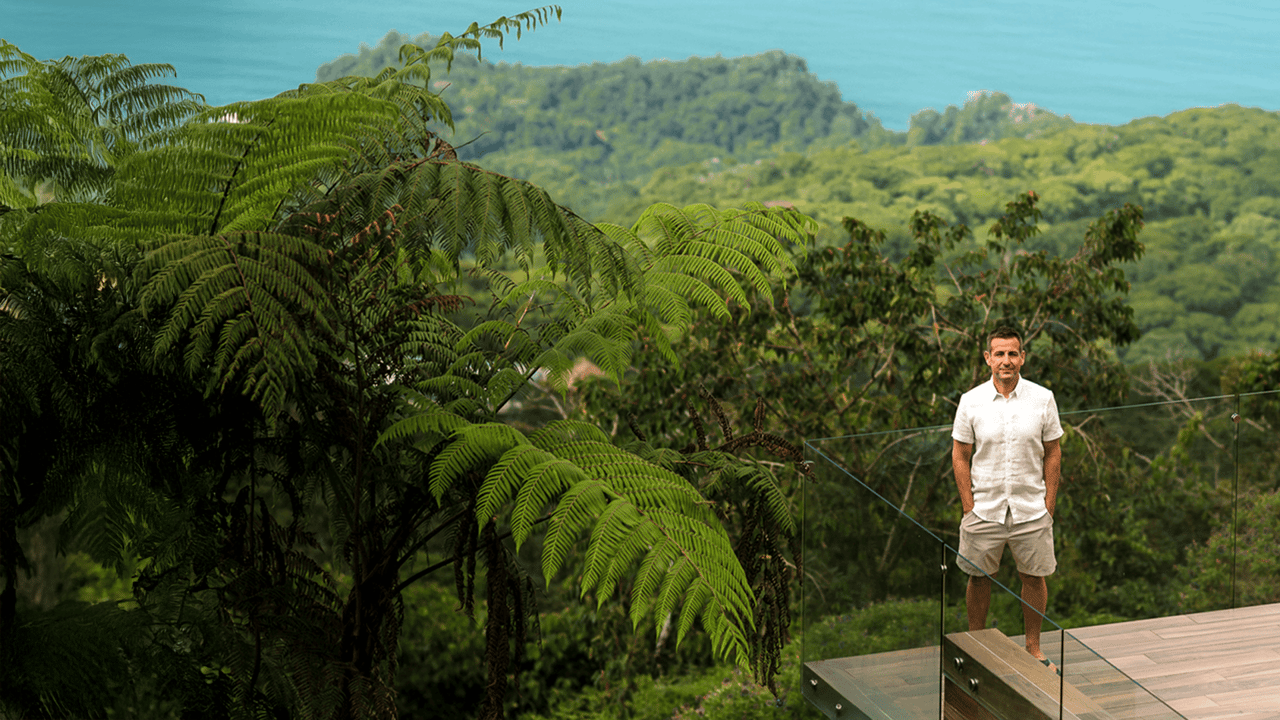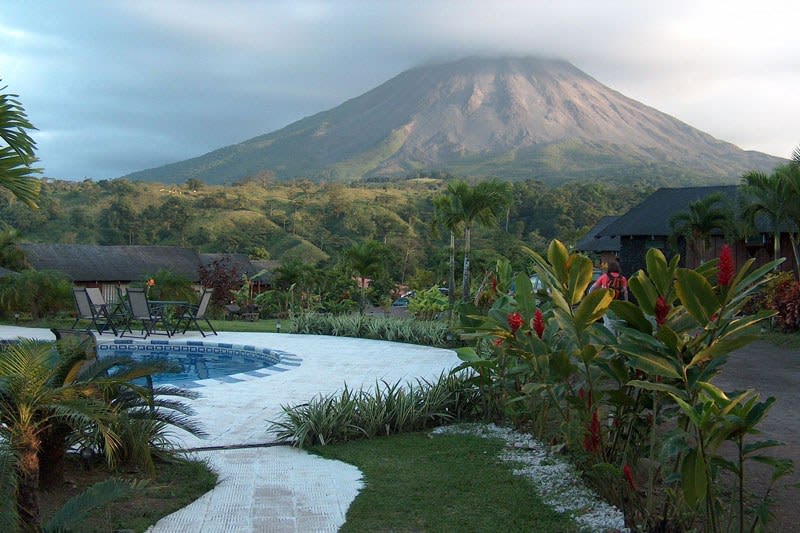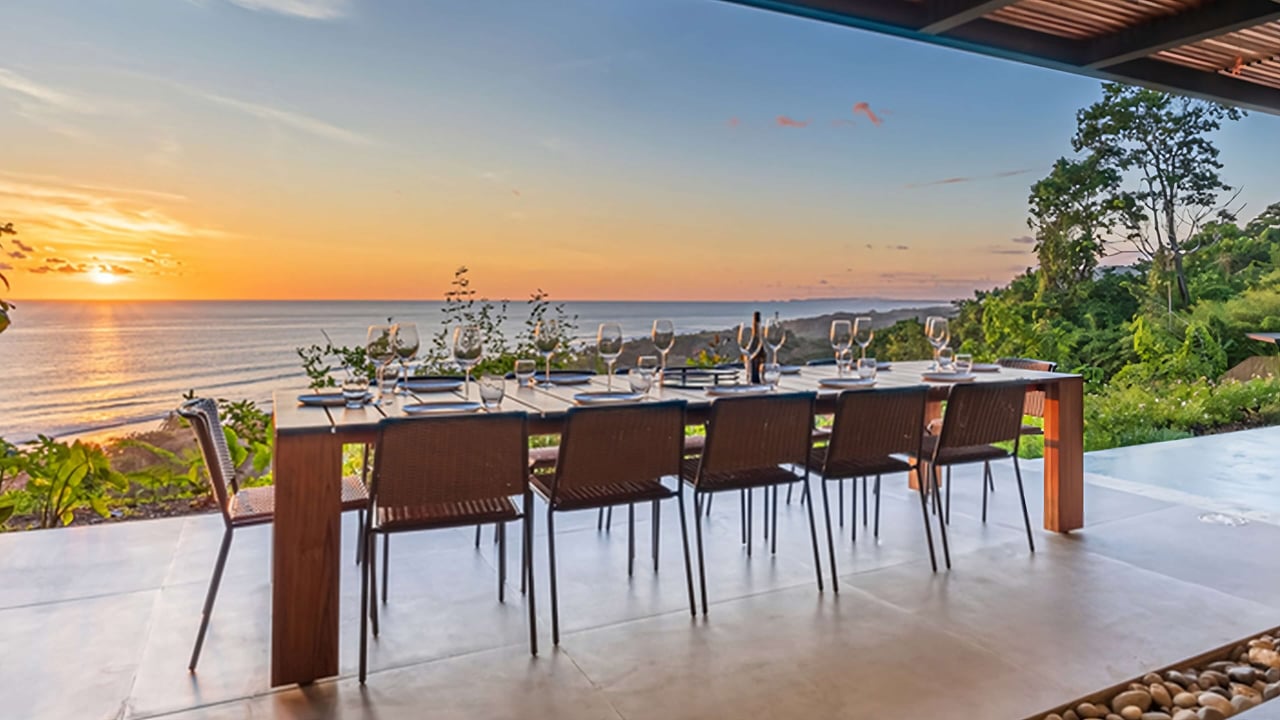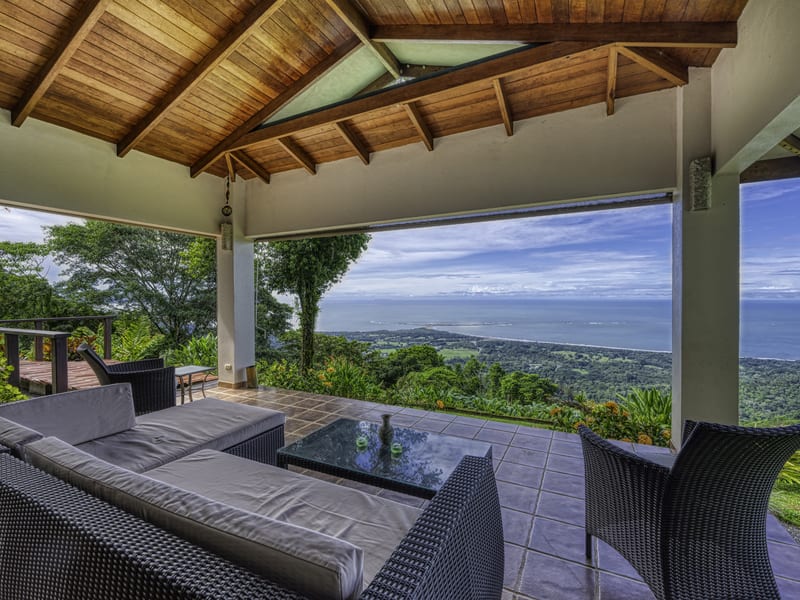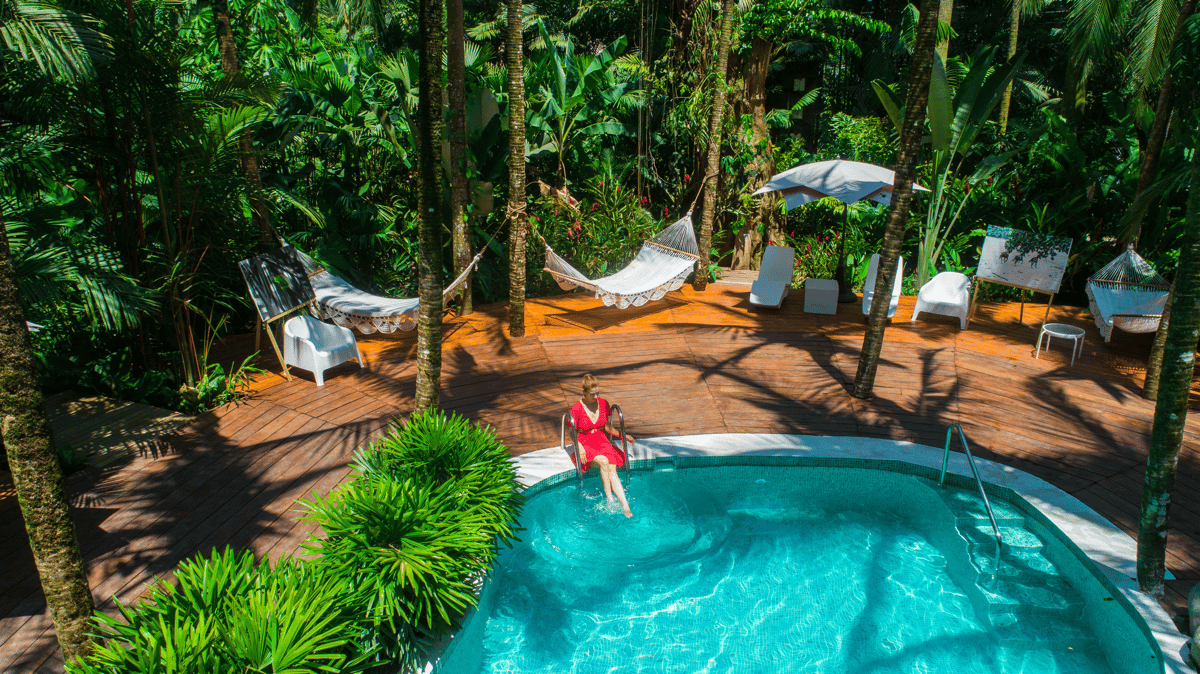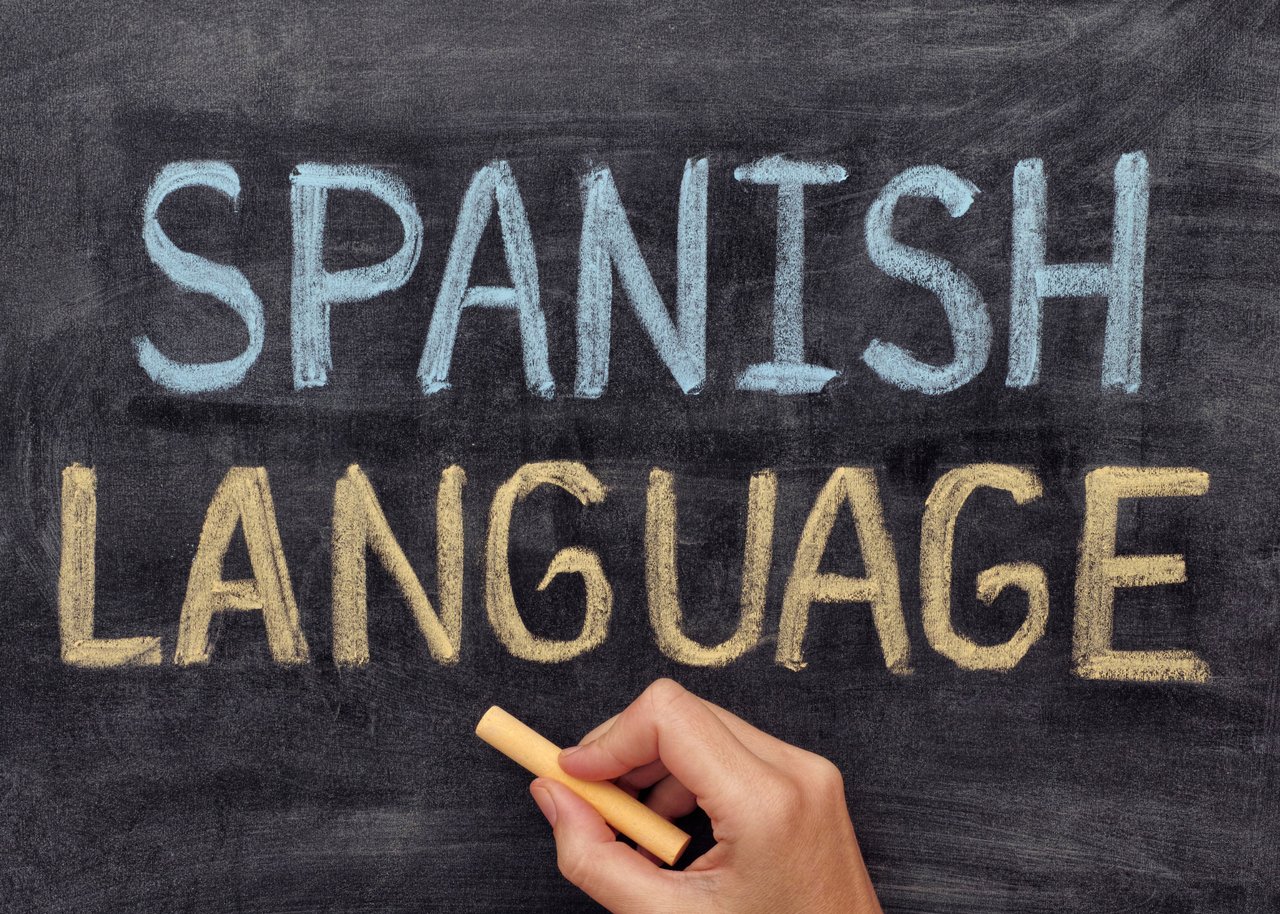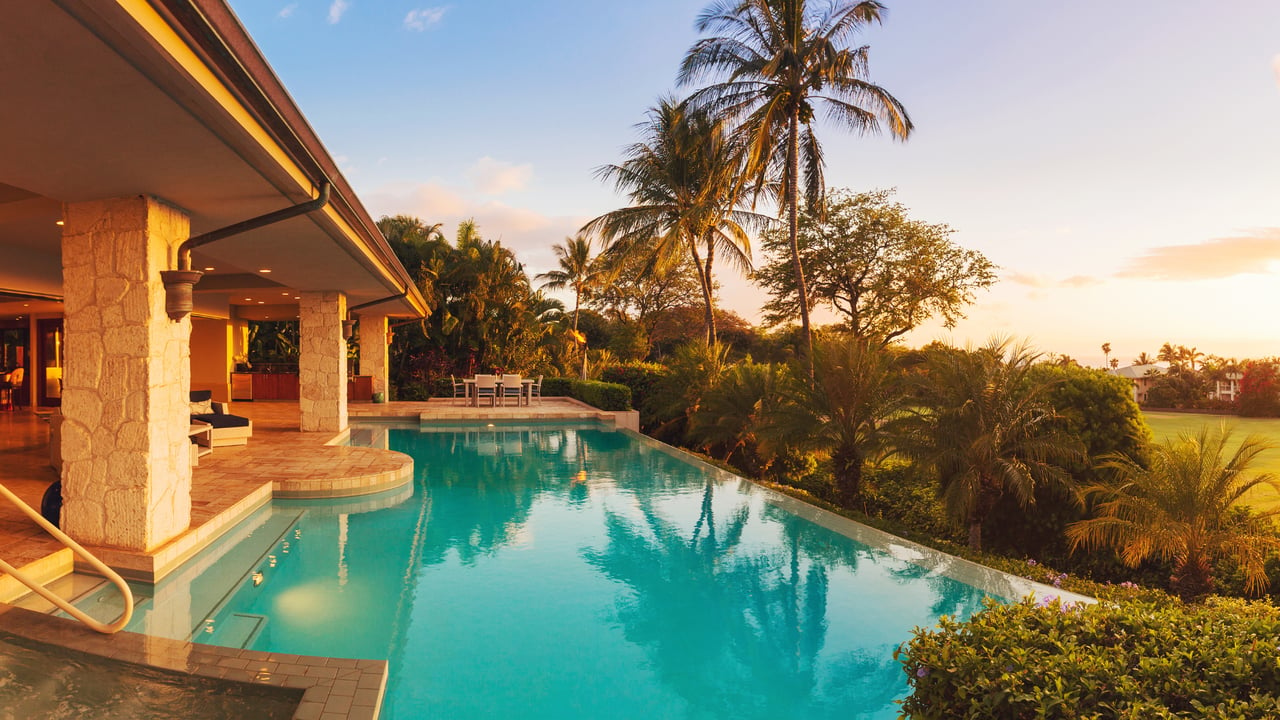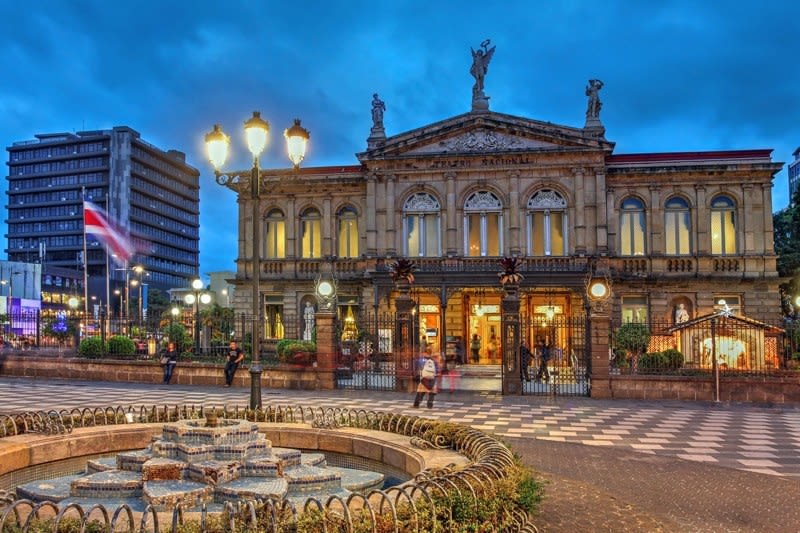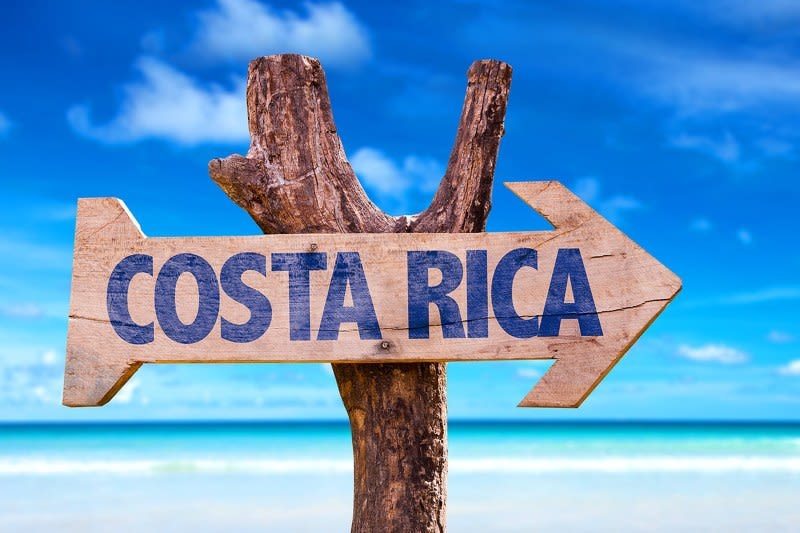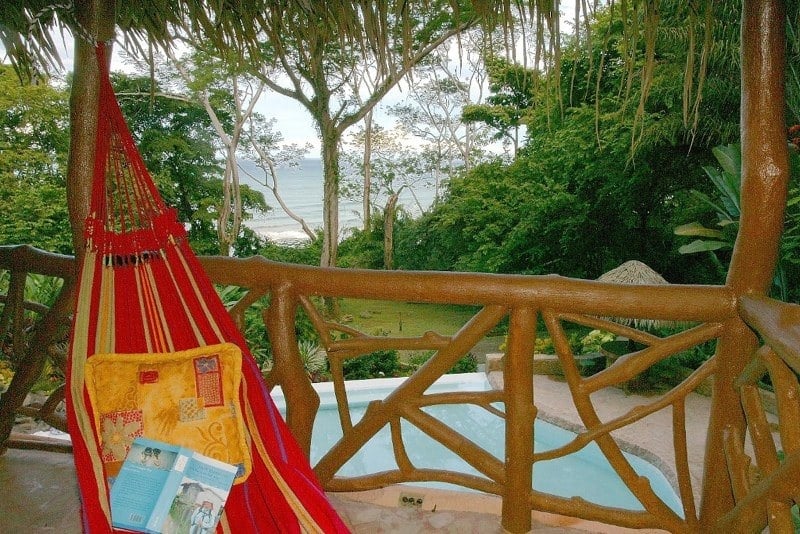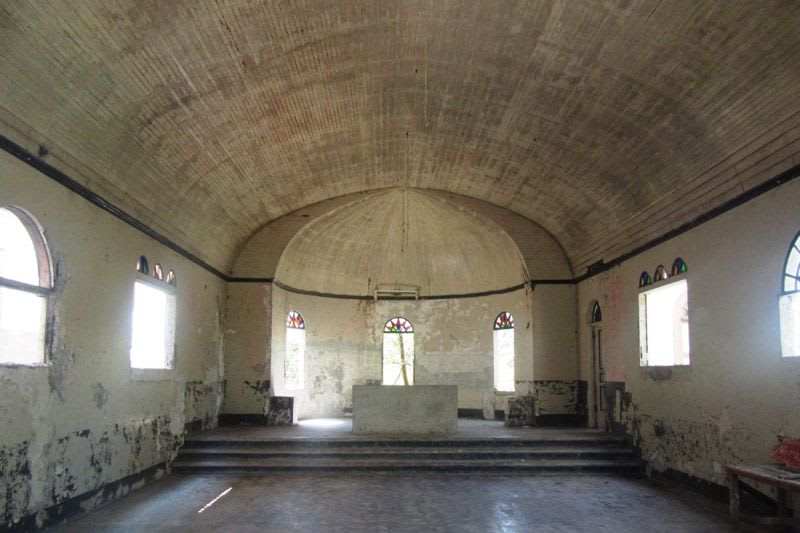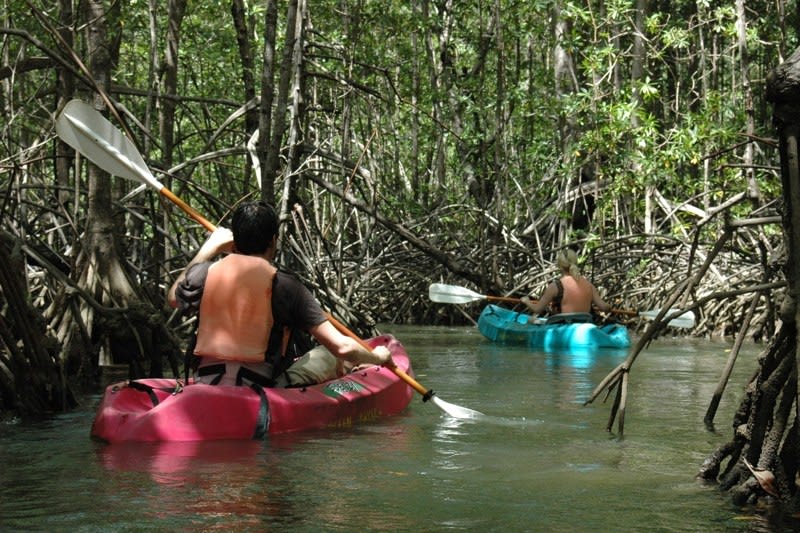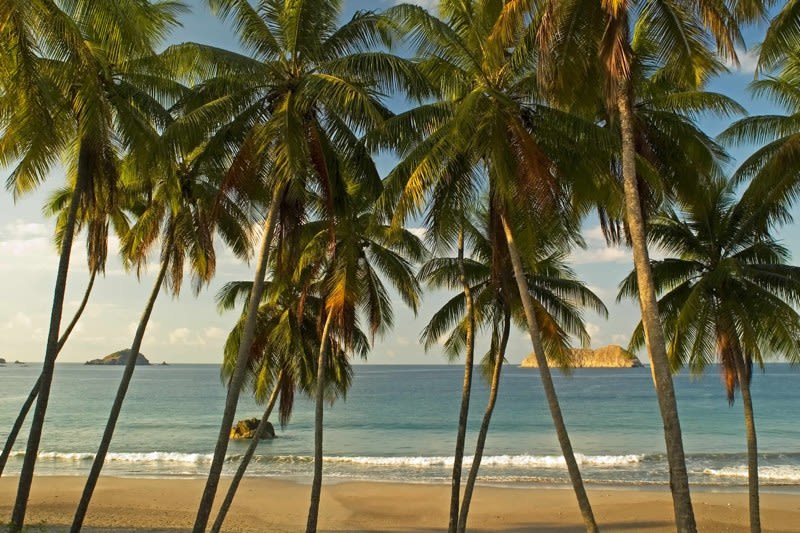Costa Rica boasts a top-notch education system that consistently ranks within the top 20th percentile globally. Explore education in Costa Rica and what makes it stand out.
Costa Rica Schools are known for being exceptional educational establishments in Latin America. Individuals relocating to this destination with their families or planning to start one can take delight in the excellent education that students are provided right from their early years.
School Levels
The Costa Rica education structure comprises three tiers: preschool, primary, and secondary. Participation in preschool and primary school is obligatory, with enrollment in preschool being required by the age of four.
Pre School and Kindergarten
Preschool in Costa Rica is divided into various stages. While enrollment is mandatory by age 4, children can also join earlier.
Costa Rica is among a handful of countries globally that mandates two-year preschool attendance as a prerequisite for primary school enrollment.
Due to the global norm of beginning kindergarten at age 5, the nearest equivalent in Costa Rica is the "Ciclo de Transición." This obligatory cycle spans only one year, eliminating the country's distinction between junior and senior kindergarten.
Primary School
Compulsory primary education is a requirement in Costa Rica, extending over six years from approximately age six to twelve or thirteen. Similar to the structure observed in preschool, primary education is divided into two distinct cycles. Cycle I comprises grades 1 to 4 (ages 6-10), while Cycle II encompasses grades 5 and 6 (ages 10-12). The main difference between these cycles lies in the progression and sophistication of the coursework, aligning with the student's development.
Secondary School
The secondary school extends for a voluntary duration of six years and is structured into Cycles III and IV. Cycle III encompasses grades 7, 8, and 9 (ages 12-15). Within Cycle III, secondary education bears semblance to the primary school curriculum, with students engaging in the same subjects, albeit under more specialized instructors.
Cycle IV encompasses grades 10, 11, and 12 (ages 15-18), often called "Educacion Diversificada" or Diversified Education. During this phase, students can select one of three distinct paths for their studies: general academic, artistic, or technical. The length of each path varies, spanning 2 to 3 years. Upon completion, students receive a certificate denoting their chosen educational focus within the respective branch.
How Does the Costa Rica Education System Compare?
For expats, a common query pertains to whether their child should enroll in a public, private, or international institution during the school selection. If your child is proficient in Spanish, you can consider all three options. However, if your child is not fluent in Spanish, the choice narrows to private or international schools in Costa Rica.
Public schools' first three years of high schools in Costa Rica are dedicated to general education, while the remaining two or three provide students with specialized training. Upon graduation, students receive a title in arts or sciences and a Costa Rican Bachillerato Diploma, which the Costa Rican Ministry of Education accredits.
Private and International Schools encompass offerings like the International Baccalaureate Diploma, endorsed by the IBO in Switzerland, and a U.S. High School Diploma, accredited by the Southern Association of Colleges and Schools (SACS).
The good news is that the Costa Rica education ranking across all these schools remains consistently high. Opting for a private or international school offers advantages such as smaller classes, a richer array of extracurricular activities, and flexibility regarding Costa Rican residency requirements.
Costa Rica ranks as having the top education system in Central America and is rated 52nd in the world.
Key Distinctions Between Public and Private Schools
Much like in various other nations, the primary distinctions between public and private schools in Costa Rica encompass cost. Public schools in the country are tuition-free, with families solely responsible for procuring materials such as school supplies, textbooks, and uniforms. The government extends scholarships for families facing financial constraints to alleviate these expenses. In contrast, private schools have a price tag and lack government-provided scholarships to offset costs.
Both public and private Costan Rican schools must adhere to specific educational standards set by the Ministerio de Educacion (Ministry of Education). However, private school students can anticipate a greater emphasis on instruction in the English language. Moreover, private school students adhere to a unified schedule, contrasting with the alternating morning/afternoon cycles observed in public schools. Smaller class sizes, averaging around 25 students, further set private schools apart from the average of 40 students in public schools.
Engaging in extracurricular activities is a rarity within public schools. Individuals or students prioritizing these activities must seek enrollment in private education.
Enrollment Criteria for Private Schools
Private institutions will require your child's latest academic transcripts from public schools. Depending on the chosen school, demonstrating your child's Spanish proficiency might be optional, and there could be greater flexibility concerning your residency status. Nonetheless, you will still be required to provide valid identification and proof of an address within the country.
Costa Rican International Schools: A Choice for Expats
Expats often opt for Costa Rica international schools due to factors like residency and language considerations.
In public schools, international students are often required to grasp Spanish proficiently. Older children generally face greater challenges in swiftly acquiring new languages compared to their younger counterparts. This is a key reason why international schools are some of the best schools in Costa Rica for expats.
Additionally, international schools benefit those planning to reside in Costa Rica for a year or less. They enable children to maintain their educational continuity without worrying about playing catch-up.
This approach also prevents the need for children to repeat an entire academic year when relocating to their next destination.
International schools are also are the best schools Costa Rica if the residency process takes longer than anticipated. Many international schools may be flexible in enrollment, particularly if residency status is still pending.
Enrollment in International Schools
Discovering an appropriate international school is a manageable endeavor. Most international schools Costa Rica are situated within the Central Valley, encompassing areas like San Jose, Cartago, Alajuela, and Heredia, nestled amid scenic mountains. Numerous international schools can be found in the Guanacaste province for those favoring coastal locations.
International Schools Tuition and Fees
Conducting thorough research is essential to find a suitable match for your budget. Both tuition and fees are subject to the policies of individual international schools in Costa Rica.
It's noteworthy that the cost can range significantly, starting as low as USD 125 per month to as high as USD 1,500 per month.
While evaluating schooling options for your child, it's imperative to consider potential additional costs to gauge the comprehensive tuition expenses.
Distinguishing International Schools from Private Schools
On a surface level, international and private schools are indistinguishable. However, several factors set them apart. For instance, private schools typically follow curricula aligned with local public educational systems. In contrast, international schools often adopt curricula from educational systems outside of Costa Rica.
Furthermore, it's possible to find schools that conduct classes entirely in a foreign language. This approach allows students to use the same academic framework as in their home country. Moreover, international schools may foster a diverse student body, encompassing foreign and Costa Rican enrollees.
Students can swiftly acclimate to the local culture through this amalgamation, forging new friendships that facilitate navigation and adjustment to their novel environment.
Conclusion
In embracing the exceptional education system of Costa Rica as a cornerstone, families are welcomed into a country that values academic excellence and cultural diversity. From the dynamic structure of its school cycles to the flexibility of international institutions, Costa Rica offers a unique blend of quality education and enriching experiences. By choosing Costa Rica as a destination, families provide their children with a top-tier education and immerse themselves in a captivating environment of natural beauty, warm communities, and vibrant traditions. If you're interested in learning more about the education system in Costa Rica or are ready to call Costa Rica home, contact me or visit www.daveedhollander.com

